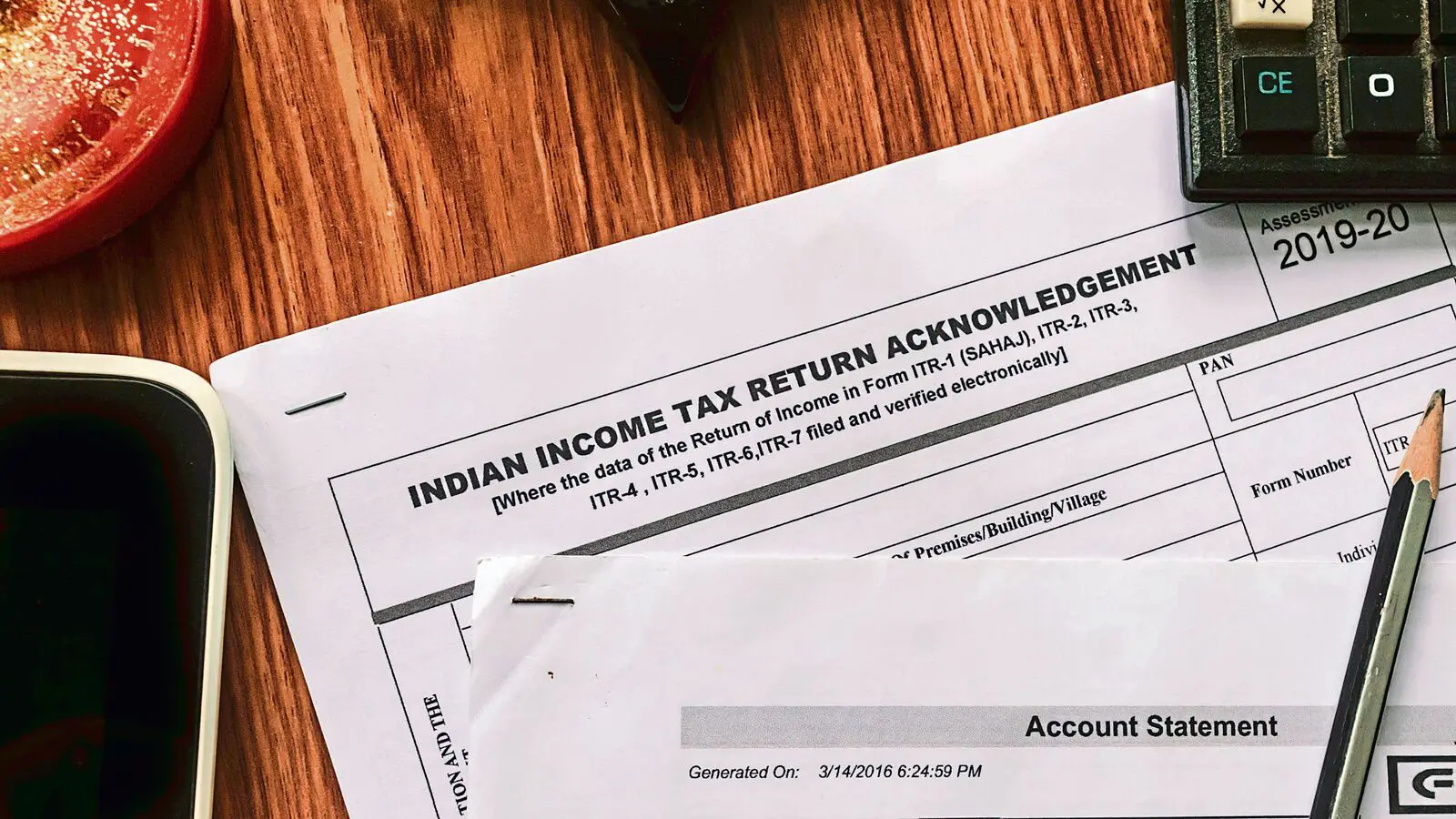New Delhi: Understanding which Income Tax Return (ITR) form to choose is crucial for taxpayers, especially when income from house properties is involved. With different forms applicable based on the number of properties and types of income, taxpayers often struggle to maximize their tax savings. This article breaks down the nuances of reporting house property income, selection of the correct ITR form, and highlights common pitfalls to avoid in the filing process.
Understanding Income from House Property
Income from house property refers to the rental income that an individual earns from owning any building or land not used for business or professional purposes. According to Indian income tax laws, this income is taxed under the category “Income from House Property.”
It’s essential to recognize that only legally owned properties generating rental income—or those with the potential to generate such income—fall under this classification. Taxation is calculated on an annual basis, making it crucial for property owners to be well-informed during the tax filing season.
Selecting the Right ITR Form
Choosing the appropriate ITR form can make a significant difference in tax filing accuracy. For salaried individuals who own just one property, ITR-1 is ideal. However, those who own multiple properties need to explore forms like ITR-2, ITR-3, or ITR-4, based on their type of income.
Here’s a simplified guide to assist taxpayers in selecting the correct form:
- ITR-1 (Sahaj): For resident individuals with a single house property and receiving salary or pension income. This form cannot be used if income exceeds ₹50 lakh.
- ITR-2: Suitable for individuals and Hindu Undivided Families (HUFs) who own multiple properties. It allows for reporting more complex income scenarios, including salary exceeding ₹50 lakh.
- ITR-3: Ideal for those with multiple house properties and incomes from a business or profession.
- ITR-4 (Sugam): Designed for individuals under presumptive taxation with either one house property or business income.
It’s important to note that if a property has two or more co-owners, each must file a separate ITR reporting their share of rental income, allowing for the application of deductions appropriately. For example, if two co-owners earn ₹1,20,000 from a jointly owned property, each can report ₹60,000 and claim a 30% standard deduction.
Dealing with Multiple Properties
Taxpayers with multiple properties have specific allowances under the Income Tax Act. They can classify any two of their properties as self-occupied. For instance, if someone owns a house in their current city and another ancestral property, both can be designated as self-occupied, which means no tax is levied on their notional rental value.
However, ownership of more than two properties leads to taxation on the third and subsequent properties, even if they remain unoccupied. The taxable amount is determined based on either the market value or the standard rent defined by local laws—whichever is lower—but taxpayers can still avail themselves of a 30% standard deduction on such properties.
For example, let’s consider a taxpayer with three homes: two designated as self-occupied and one vacant. The vacant property, although not rented out, is still subject to tax on its notional rent. Luckily, if they have a home loan against it, they can benefit from a deduction on the interest.
Avoiding Common Mistakes in ITR Filing
Filing an ITR can be a daunting task, leading to various errors. One of the prevalent mistakes is the failure to report income from all properties. For example, neglecting a property owned in one’s native place can cause complications in the verification process.
“As Balwant Jain points out, the most common mistake taxpayers make is missing out on reporting the income from an entire property. This oversight can easily lead to tax discrepancies that the Income Tax Department is likely to bring to attention,” he warns.
Jain emphasizes that accuracy greatly improves when the correct form is selected. And should mistakes occur, taxpayers are notified and provided an opportunity to amend their filings. The verification and processing timeline can range from a few hours to six months, heavily influenced by the complexity of the income sources presented.
Conclusion
In summary, understanding how to report income from house properties, selecting the correct ITR form, and being aware of common errors can make the tax filing process smoother for property owners. With the right information, taxpayers can ensure they comply with regulations while maximizing their potential deductions.
📲 Stay ahead in banking & finance!
Join the Bankerpedia WhatsApp Channel for instant updates, and
subscribe to our YouTube Channel for in-depth analysis and expert explainers.
Original source: www.livemint.com










